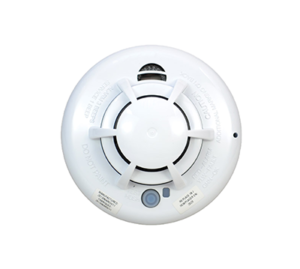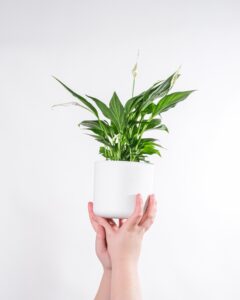Six Things to Do After Buying a New Home
Congratulations! It finally happened. You survived the housing market and have purchased your first home. You probably don’t need us to tell you that there are many things to do after buying a new home. Since there’s so much to do and keep track of, it can be easy to overlook things. To make it easier for you, we’ve compiled a list of home security items you won’t want to neglect to help you ensure your move is smooth and safe.
1. Social Media

What does social media have to do with home security and things to do after buying a new home, you ask? More than you might think.
It’s your first home. You’re excited, but you will want to be mindful of how you celebrate on social media. Don’t include your address in any of your posts. If you have family and friends who need your new address, send them a private message. That friend from high school who you haven’t seen in years but you’re still following because they share funny memes doesn’t need to know where you live.
Also, don’t post a picture of your key online or show it in a video. YouTuber Josh Sundquist discovered this firsthand when he challenged a locksmith to create a working key to his apartment using only an image from a video. Initially, it looked like the final key was very similar but didn’t quite work. However, a second test using a suggestion from a follower proved that the locksmith had indeed created a working copy.
Should you post a picture or video with a key, you probably won’t end up in a friendly competition with a locksmith. Still, you may be at risk of someone with malicious intentions creating a working copy. If you still feel like you need to share a picture of yourself with your key to your new house, you could use the key from before you rekey, which leads us to the next item on your home security list.
2. Rekey

Unless you purchased a brand-new house with no previous owner, you need to rekey. This is one of the most important things to do after buying a new home. You don’t know if the previous owner turned over all their keys or if other keys they gave to family and house sitters are floating about.
You may have been hoping to avoid the extra cost of rekeying since moving is already so expensive, but it’s a small cost compared to the $2600 lost in the average home robbery. While you’re at it, you will want to change the codes on any smart locks, garages, or gates.
3. Windows

Now that the main entrances are secure, you will want to check the most commonly neglected entrances: the windows. The previous owner may have forgotten to secure all of them when they moved. Perhaps windows got opened during showings. Maybe one of your movers left a window unlocked with the intent of coming back and having an easy way in later. Whatever the case, taking a few minutes to check the windows now could spare you problems later.
4. Smoke Alarms and Carbon Monoxide Detectors

Test the smoke alarms and carbon monoxide detectors. The previous owner might not have maintained them. Replace any that might be missing and change out batteries as needed.
5. Home Security System

To maximize the safety of your home, you may want to consider getting a home security system. Not only can a home security system protect your belongings, but also it can protect you and your family.
6. Neighbors

Get to know your neighbors so you can better watch out for each other. Then, they can intervene if they see people moving things out of your house when you’re not there, but they know from recent conversations that you aren’t moving. Plus, crime prevention aside, it’s always nice having friends in the neighborhood.









